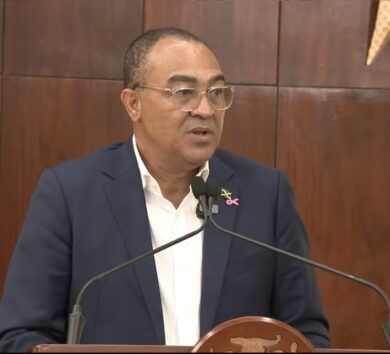

Jamaica’s mineral export earnings have risen by 27 per cent in the first four months of the year, reaching US$206.5 million, according to the Statistical Institute of Jamaica.
The growth was primarily fueled by alumina exports, which climbed 40 per cent to US$183.9 million, up from US$131.4 million last year.
However, bauxite exports saw a slight decline, dropping 5.6 per cent to US$20.6 million. In contrast, limestone exports experienced a remarkable 300 per cent increase, driven by heightened global demand.
Minister of Agriculture, Fisheries and Mining, Floyd Green, emphasized Jamaica’s high-grade limestone potential, noting: “Jamaica has some of the highest-grade limestone in the entire world, and now we have Jamaican companies that are providing chemical grade limestone to [make] things like [antacids] and toothpaste.”
Highlighting that Jamaica is made up of 90 per cent limestone, Minister Green pointed to the vast potential of this sector.







Comments